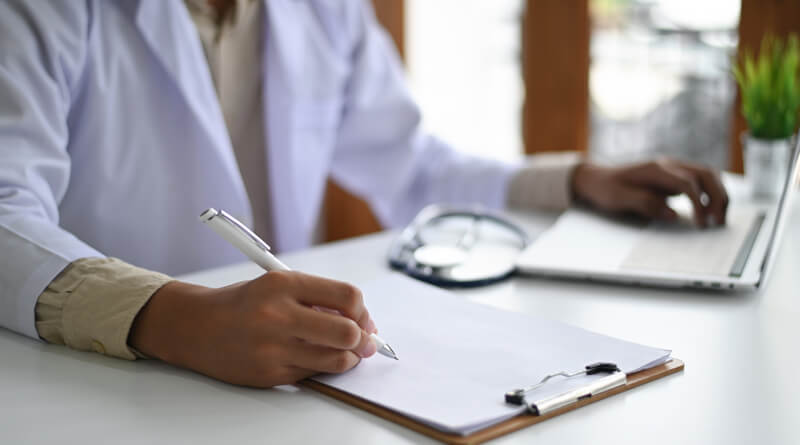What are health systems doing to improve the patient experience?

Unsurprisingly, there is a lot of competition present in the healthcare industry. To stay ahead, loyalty and patient experience are must-have attributes for any given healthcare provider. In some cases, healthcare can indeed be consumer-driven; for instance, take patient engagement. According to a recent study, patients are five times more likely to choose the health system with whom they have had positive experiences, rather than those who attempt to attract new patients with their marketing strategies. This study demonstrates that patient loyalty and positive patient experience are the characteristics to strive for, which is why healthcare providers are looking for strategies to improve the patient experience.

RightPatient improves the patient experience with accurate patient identification.
Thanks to many tools which are improving patient outcomes, patients today are anticipating effective and seamless patient experiences. However, these tools and strategies have to be patient-centric to be successful, as well as being competent enough to induce loyalty, and the most necessary characteristic is trust. Without trust, no health system can survive, let alone be successful, in the long run. Thus, healthcare providers are increasingly focusing on constantly revamping and helps to improve the patient experience.
Healthcare providers are improving the patient experience by focusing on the following.
Patient engagement technologies
Patient engagement is a buzzword recently, and everyone is pursuing ways to improve it within their health systems. Why is this so? Because it is one of the core characteristics which contributes to not only improving the patient experience but also assisting in patient retention. There are a plethora of solutions available in health systems under the umbrella of patient engagement, like health programs, surveys, participative courses, and so on. However, therein lies the problem – the solutions are many, and only a very few are effective as patients deem most as unnecessary and tedious. These are termed so by the patients because these tools’ functionalities are mostly unclear – many overpromise while delivering minimal benefits. To find patient engagement tools which are useful, health systems are diving deep into the technological side of the healthcare industry. Thus, active patient engagement is powered by technologies which help to connect the patients with their health systems seamlessly and assist the patients in leading healthy lifestyles.
Even though many would go for surveys, participative courses, and similar patient engagement strategies, research has shown that these are not very effective. Most of the time, patients are absentminded while answering, and as long as they do not see the potential benefits of these tools, they will not be interested in participating wholeheartedly.

On the other hand, there have been quite a few advancements in technologies which are helping to effectively engage with patients, such as patient retention apps like CircleCare. It is an app that helps patients stay connected to their health systems and doubles as a patient engagement platform. Once a healthcare provider registers with CircleCare, all it needs to do is refer the patient to download it and register. After that, patients can effectively engage in several ways with their health systems, and not only that, they can also work on leading healthier lifestyles. It can be used to track steps, schedule medicine reminders, record blood pressure, record glucose level, and exchange relevant health information with other individuals. It also helps them to stay connected to the physicians, so that if a problem arises, it can be solved outside the hospital’s premises as long as it is not critical. These functions help in cutting down hospital readmissions, as well.
Improving patient safety
Patient safety is currently one of the biggest concerns of the healthcare industry, especially those linked with patient identification errors. Recent surveys, statistics, and studies have shown that patient misidentification is a multibillion-dollar issue. Since the introduction of EHRs, things have gotten worse. To put things into perspective, the identification and correction of a single duplicate record cost around $1000, whereas if there are multiple records attached, it requires a whopping $5000 for any given health system! So, how are healthcare systems avoiding these patient matching errors? They are adopting technologies which are helping to eliminate these errors – solutions like RightPatient. RightPatient is a biometric patient identification system that utilizes iris scanning, thus making it easy to use for both the patients and hospital staff. It is also hygienic as it does not require physical contact and is also safe and accurate. The health systems using it are reporting that it helped to improve the patient experience, improved patient safety, and reduced denied claims. All of these lead to minimizing the losses incurred due to misidentifications significantly.









Leave a Reply
Want to join the discussion?Feel free to contribute!